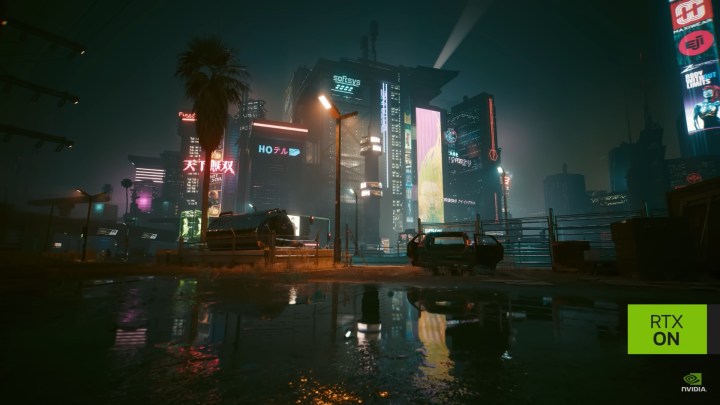
Perhaps there is still some hope for GPUs with low VRAM. According to a new patent published by Microsoft, the company worked out a method that could make ray tracing and path tracing more viable in terms of how much video memory (VRAM) they use. As of right now, without using upscaling techniques, seamless ray tracing requires the use of one of the best graphics cards—but this might finally change if this new method works out as planned.
This new patent, first spotted by Tom’s Hardware, describes how Microsoft hopes to reduce the impact of ray tracing on GPU memory. It addresses the level of detail (LOD) philosophy, which is already something that’s used in games but not in relation to ray tracing, and plans to use LOD to adjust ray tracing quality dynamically, thus lowering the load that the GPU — particularly its memory — has to bear.
Level of detail is already helpful in games outside of ray tracing tasks, and it’s pretty much what it says on the tin: It determines how much detail you’ll see depending on its distance from your character or its relevance. At longer distances, irrelevant details such as ground textures and clutter may be removed to maintain smooth performance. However, this approach has never been used with ray tracing.
The patent gets into the technical nitty-gritty, so check it out if you’re feeling up to it, but the simplified version is that Microsoft wants to rely on LOD for determining the quality and extent of ray tracing and path tracing in games. Presumably, this means that where it’s highly visible and relevant, you’d see the tech in its full glory; otherwise, it could be toned down to save memory.

Right now, unless you buy a beastly GPU, ray tracing can be difficult in many games. Titles like Cyberpunk 2077 are demanding enough without it, and adding it into the mix means that upscaling techniques become more of a necessity than an option. GPU manufacturers get around the intense memory requirements of ray tracing by leaning into techniques like DLSS 3, FSR 3, and XeSS, but this is more of a workaround than an actual fix.
Microsoft’s patent could give a new lease on life to graphics cards like Nvidia’s RTX 4060 Ti, which, when limited to 8GB memory, aren’t that well-equipped to handle future AAA games. VRAM, or rather a lack of it, has been a hot topic lately. If Microsoft’s patent can address the growing demands, it’d be a great thing for every PC gamer. Unfortunately, it’s unclear if and when this technology might become mainstream, but it’s certainly an interesting concept.
Editors’ Recommendations
Services Marketplace – Listings, Bookings & Reviews

